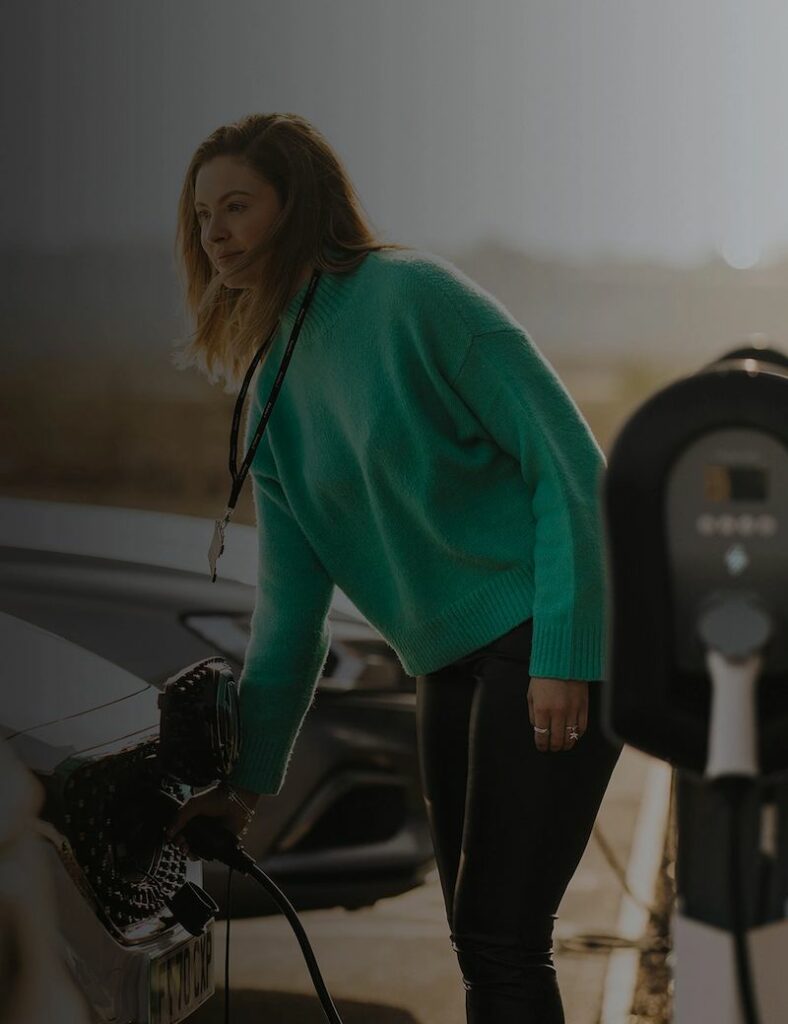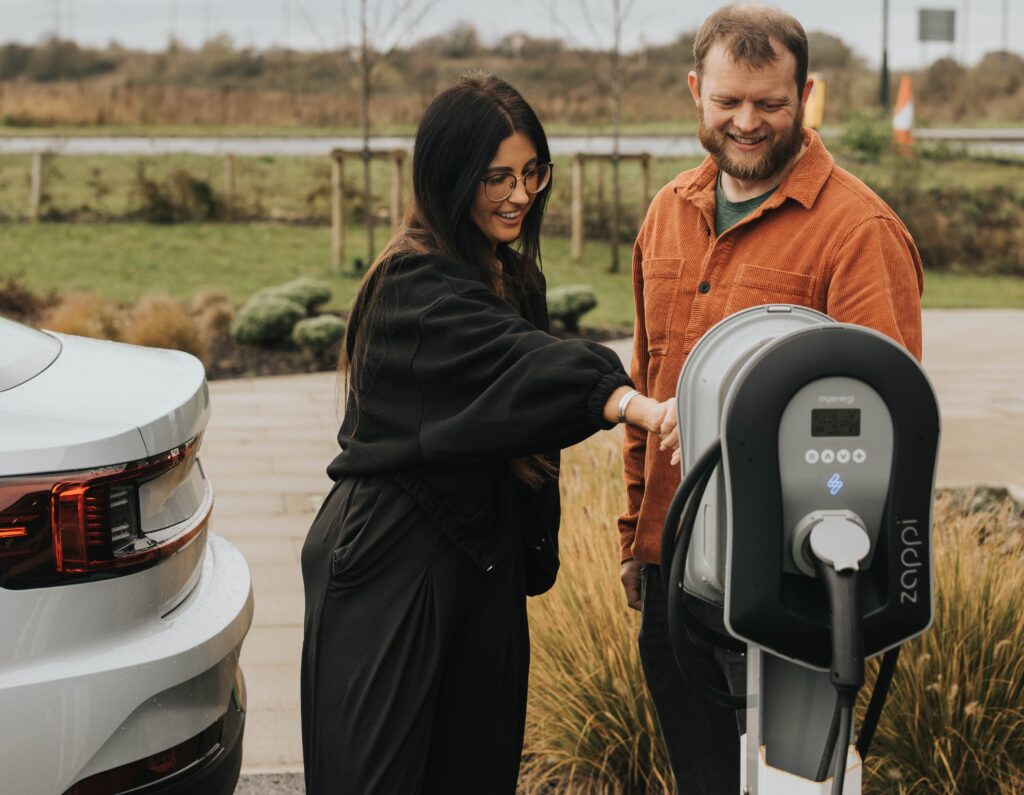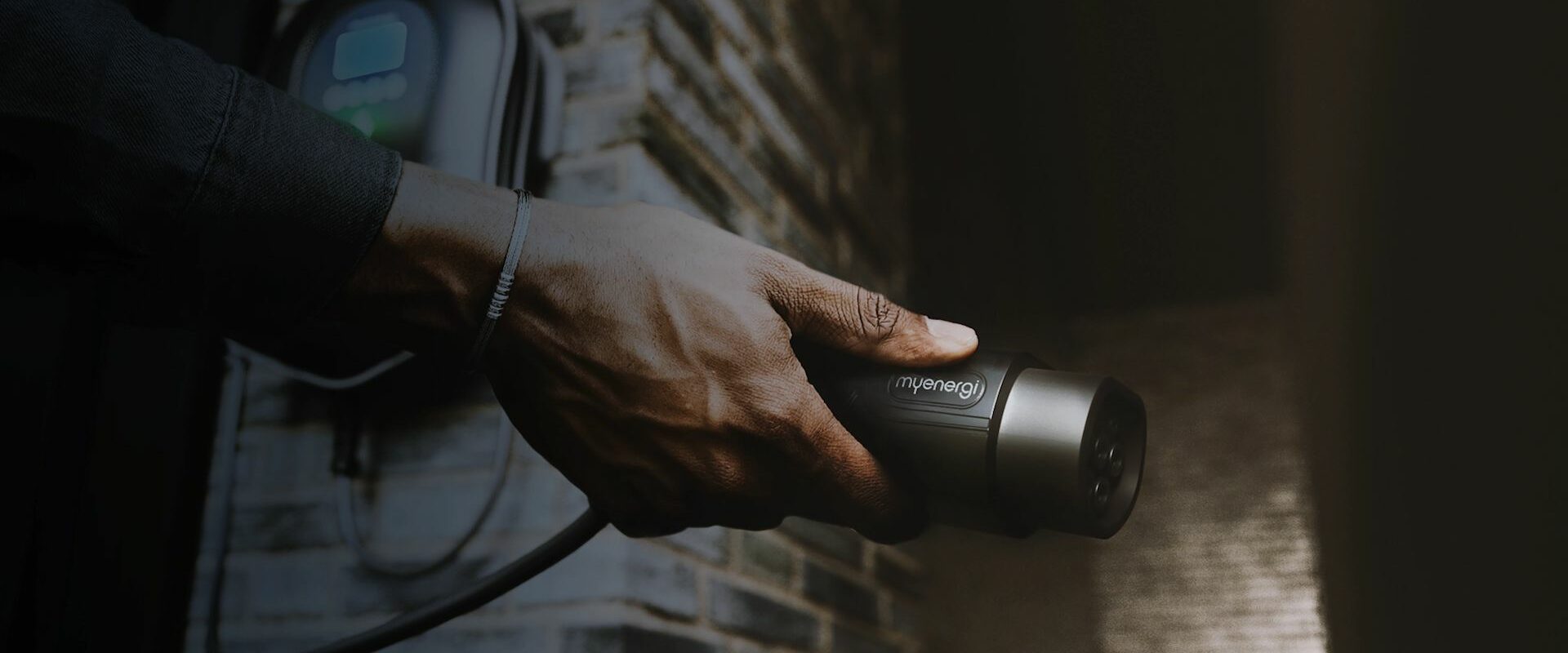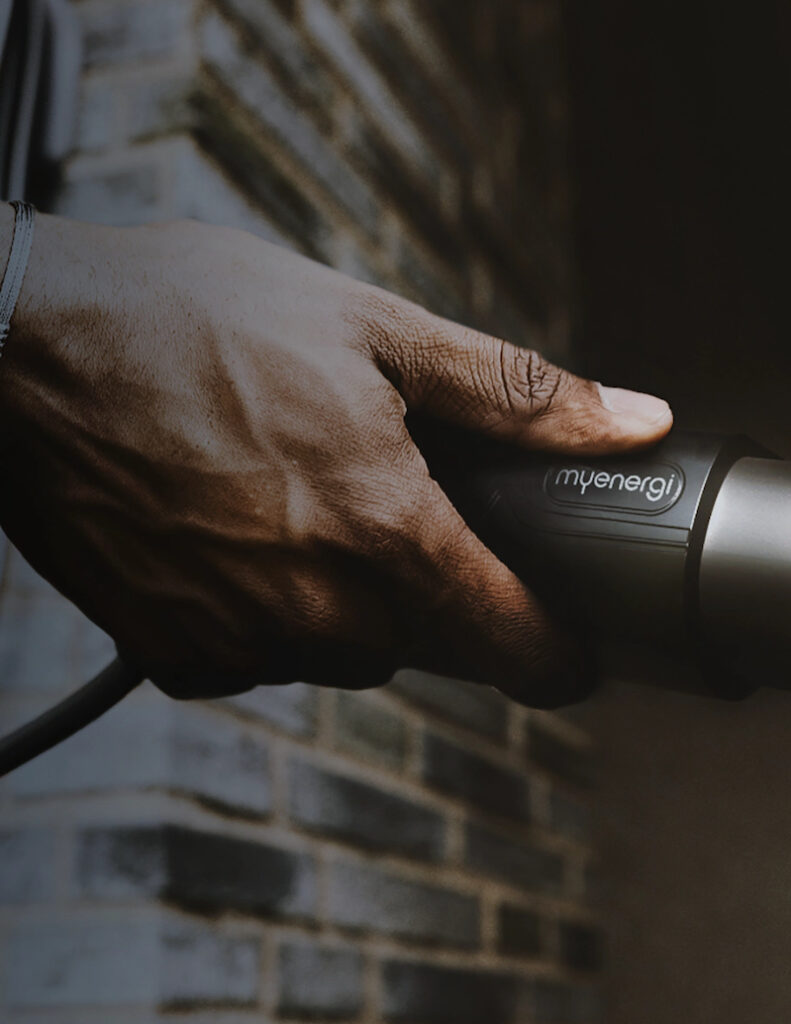Why EV charging etiquette matters
Practicing proper electric car charging etiquette ensures fair and efficient use of charging stations. With the number of EVs on the road increasing every year, following these simple rules helps reduce conflicts, improve access, and build a more considerate EV community. Whether you’re practicing EV charging etiquette in the UK or anywhere else, a little courtesy goes a long way.
EV charging station do’s
1. Move your car when you’re charged
Once your car is fully charged, promptly move it to free up the charger for the next driver. Many EV drivers rely on public chargers to continue their journeys, and leaving your car parked at a station unnecessarily can cause delays and frustration for others.
2. Follow time limits
Some charging stations have time limits to prevent overstaying. Respect these limits to avoid fines or inconvenience to others. If there are no official time limits, aim to move your car within 30 minutes after finishing a charge.
3. Check charging station availability in advance
Use apps like Zap-Map or PlugShare to check the availability of nearby chargers before heading out. This reduces the risk of showing up to a busy station and helps you plan your trip efficiently.
4. Be mindful of workplace chargers
When charging at work, coordinate with colleagues to ensure fair access. Some workplaces have schedules or policies for EV charging; make sure you’re familiar with these guidelines for smooth operations.
5. Report broken or malfunctioning chargers
If you encounter a charger that isn’t working, report it to the network operator or property manager. This ensures the issue is addressed quickly and helps other drivers avoid wasted trips.
EV charging station don’ts
1. Don’t hog the charger
Even if you’re only partially charged, don’t monopolise a public charger if others are waiting. Prioritise quick top-ups over fully charging in busy areas.
2. Don’t unplug someone else’s car
Unplugging another vehicle without permission is a major breach of EV charging etiquette. Most EVs display charging status on the dashboard or charger—only unplug a car if it’s clearly finished charging and no one has returned to move it.
3. Don’t park in EV-only spaces without charging
Non-EV vehicles and EVs not actively charging should never occupy designated EV charging bays. These spaces are reserved for charging use only, and parking there without charging is both inconsiderate and often against regulations.
4. Don’t rely solely on public chargers
While public chargers are convenient, they’re meant for shared use. If you’re frequently running out of charge, consider installing a home charger or altering your charging habits to minimise reliance on public stations.
5. Don’t leave charging cables in a mess
After charging, neatly replace the cable on the stand or holder provided. Leaving cables tangled or lying on the ground creates hazards for others and reflects poorly on car charging etiquette.

Workplace EV charging etiquette
Workplace charging can be a great perk, but it comes with its own set of etiquette rules to ensure everyone benefits fairly:
- Coordinate with colleagues: Workplaces with limited charging points may require a shared schedule or rota system. Stick to agreed time slots and communicate with colleagues if plans change.
- Don’t overstay: Once your car has enough charge to meet your driving needs, move it to free up the charger for others. Workplace chargers are often in high demand.
- Avoid idle charging: Plugging in unnecessarily—for instance, if your battery is already nearly full—can prevent someone else from getting the charge they need to complete their commute.
- Respect priority access: Some companies prioritise EV chargers for employees with longer commutes or those who don’t have access to home charging. Be mindful of these policies.

Additional EV station tips
- Invest in a home charger: Home charging is typically cheaper and more convenient than using public or workplace chargers. It ensures your car is ready to go without waiting in line. We suggest our innovative zappi home charger.
- Evaluate your charging needs: Do you really need to charge to 100%? Are you better off charging as much as you need to get to your next destination or complete your day’s driving? Overcharging takes up valuable time at public stations unnecessarily.
- Choose the right charging speed: Avoid using rapid chargers unless your car is specifically designed to handle them efficiently. Rapid chargers are in high demand and should be reserved for drivers who genuinely need a quick top-up. For most routine charging, Level 2 chargers are ideal—they’re better for your battery’s health and ensure rapid chargers remain available for emergencies.
EV charging station FAQs
Navigate EV charging stations with the decorum of a pro with our frequently asked questions. Interested in learning more about driving electric? Check out our EV Hub which is full of informative guides on all things electric.
Yes, it’s perfectly acceptable to sit in your car while it charges. However, be mindful of other drivers waiting for the charger and avoid idling unnecessarily after your car is fully charged. If you’ve been driving for a long period, it might be worth getting out and stretching those legs!
“ICEd” refers to when an Internal Combustion Engine (ICE) vehicle is parked in a space designated for EV charging. This prevents EV drivers from accessing the charger and is considered poor etiquette. If you encounter this, you can report the issue to the property manager or charging network operator.
As a rule of thumb, stay only as long as you need to charge your car sufficiently for your next journey. If you need an extended break, consider moving your vehicle to a regular parking spot once you’re all charged up.
Happy charging!
As EV adoption continues to grow, understanding and practising good EV charging etiquette will keep everyone charged and moving. By following these do’s and don’ts, you’ll help create a better experience for all EV drivers, ensuring that public charging remains a convenient and accessible resource.



